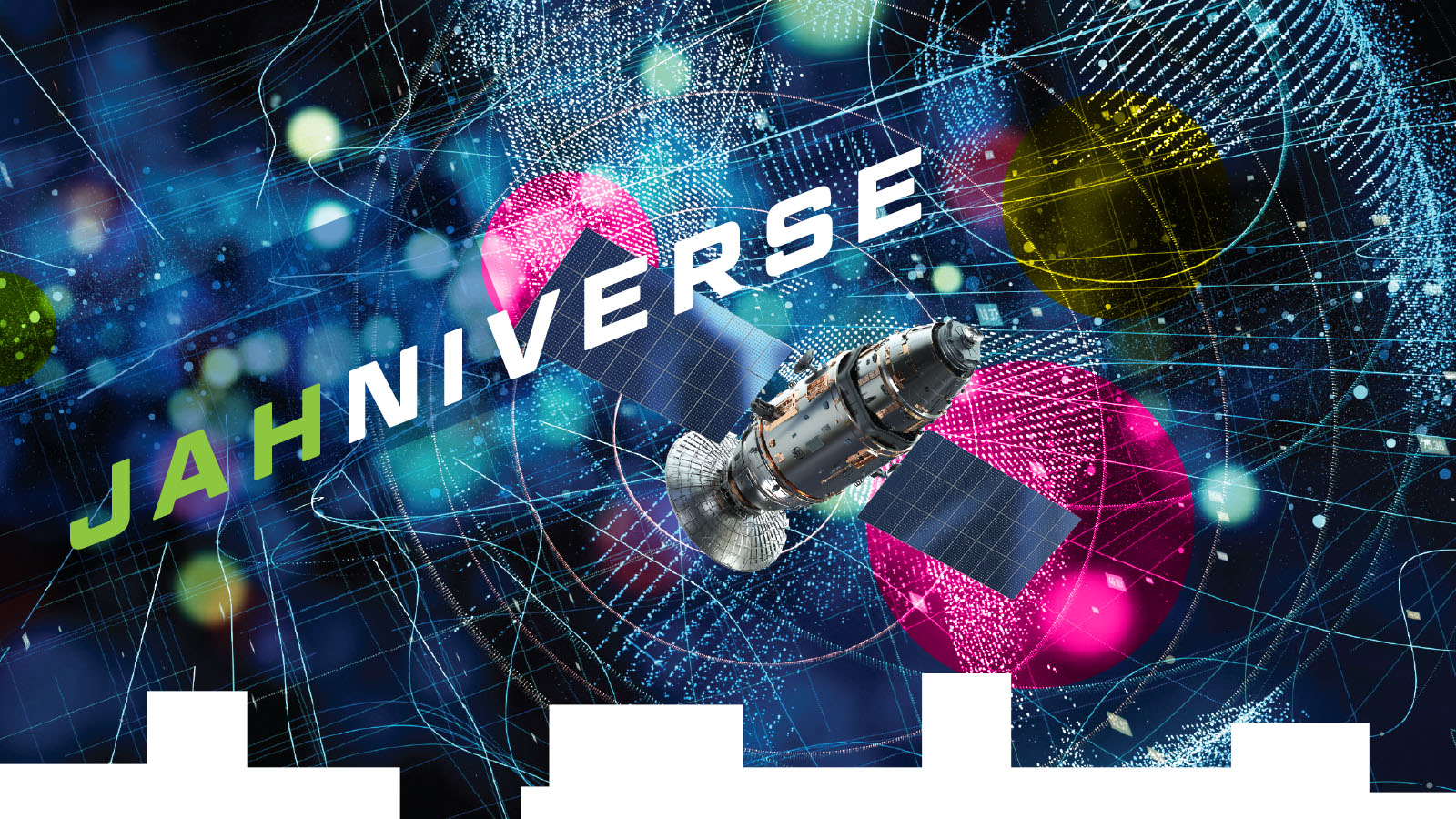Stay Up to Date
Submit your email address to receive the latest industry and Aerospace America news.
Our individual decisions and actions have consequences, and in the aggregate, we humans are behaving as though we have chosen extinction for ourselves. The path we are on is unsustainable, and turning this around will require strong collective action in multiple areas, including orbital space.
Nowadays, individual executives and government managers decide largely on their own how many satellites they will launch, whether each will have a propulsion or capture mechanism for deorbiting, and whether the upper stages of their launch vehicles will be deorbited in a controlled manner. As a consequence, the amount of orbital debris is growing rapidly and could threaten services and capabilities we rely on daily if on-orbit collisions between these objects and working satellites occur.
This approach is not working. All space operators should be to required to be evaluated by one common and global standard for environmentalism and sustainability.
When I’m interviewed by news outlets and podcasters, I’m often asked whether governments and industry truly care about space sustainability and if they do, why we are on such an unsustainable path. Well, the last United Nations treaty about space — Convention on International Liability for Damage Caused by Space Objects — entered into force in 1972 and, like the Outer Space Treaty of 1967, hasn’t been updated. The language in these treaties is so vague that there are multiple interpretations about their meanings. A government that signs on to one of these treaties could declare the treaty to be binding international law but do so with an interpretation that is so ambiguous that a violation is impossible to define. The result? There are no detrimental legal consequences for a bad actor. The enforcement mechanism is weak on the best of days. The success of these treaties depends on the good faith and good will of the signatories.
Despite where matters stand today, I believe that governments can be persuaded to come together and take positively biased action toward a measurable, common or harmonized solution.
I like to say, “You can’t enforce what you don’t manage; you can’t manage what you don’t know; and you can’t know what you don’t measure.” While we cannot yet count or detect the smallest, but still dangerous, debris — and for that reason, we cannot mathematically quantify the risk or be ready to take evasive maneuvers — we have enough evidence to know that we are risking disaster. School bus-sized rockets routinely fall back to Earth; the International Space Station too often must maneuver to avoid debris, forcing crews to take shelter; launches are delayed due to possible debris collisions; and airspace must be shut down due to reentering rocket bodies.
Companies won’t suddenly become altruistic. What’s needed is governmental encouragement through regulation. Article 6 of the Outer Space Treaty says that signatories are responsible for authorizing and supervising all activities of nongovernmental entities in space. The Liability Convention says that liability for any damage from a space object rests on the shoulders of the nation from which the object was launched or that procured the object for launch. All this is to say that the legal responsibility for the space garbage and traffic problem falls squarely on governments.
Last year, the European Space Agency announced a zero-debris policy aimed at stopping the creation of additional pollution of orbital space in its entirety by 2030. It’s not clear how this would actually be implemented and enforced at present.
In March, I co-authored an article in Science magazine calling for an orbital highway treaty like the High Seas Treaty that the U.N. adopted this year. However, while we await the possibility of a new space environmentalist treaty, humanity would benefit from a pragmatic approach to this problem.
In the October issue of Jahniverse, I introduced the Space Sustainability Rating (SSR), developed by a team led by the World Economic Forum and comprised of BryceTech, ESA, MIT and the University of Texas at Austin. Implementation of the SSR is being performed by the Swiss university École polytechnique fédérale de Lausanne, where spacecraft developers can submit their mission and operations details and receive a rating. The higher the SSR score, the more sustainable the mission. Many factors are considered: how trackable the spacecraft is, how maneuverable it is and the plan for post-mission disposal or its reusability.
There is absolutely nothing preventing any country from updating its national space law and regulatory framework to require that any entity wanting a license to launch and operate in space must obtain an SSR of some specified value. In many parts of the world, ground vehicles must be evaluated for safety and operational integrity, and obtain a certain score, prior to being allowed to be operated on the roads. I’ll venture to say that we have such a requirement for all modes of transportation. It’s not unreasonable to request that all countries adopt the SSR as part of their licensing requirements. The SSR has sustainable outcomes built into the rating, so requiring it makes sense.
I’d love for any country to be the first to make the SSR a requirement for authorizing companies and nongovernment organizations to operate in space. Perhaps other countries would follow to make this a common practice. Orbital space, as a finite resource, would greatly benefit from such forward-leaning regulation.
About Moriba Jah
Moriba is a professor at the University of Texas at Austin and chief scientist at Privateer. He helped navigate spacecraft at NASA’s Jet Propulsion Lab and researched space situational awareness at the U.S. Air Force Research Laboratory, and is an AIAA fellow.
Related Posts
Stay Up to Date
Submit your email address to receive the latest industry and Aerospace America news.




